Stories Category: Intensive Care
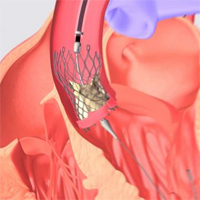
Transcatheter Aortic Valve Replacement in Younger Individuals
When a patient has an aortic valve that requires replacement because the native valve is diseased, 2 types of valves can be used - mechanical valves or bioprosthetic valves, also known as tissue valves. Bioprosthetic valves... read more

Lower C. difficile mortality with vancomycin than metronidazole
Treating Clostridium difficile infection with vancomycin achieves the same recurrence rates as does treatment with metronidazole, but with a significantly lower 30-day mortality, new research suggests. The 30-day mortality... read more

Transmission of Staphylococcus aureus between health-care workers, the environment, and patients in ICU
Between Oct 31, 2011, and Dec 23, 2012, we sampled 198 health-care workers, 40 environmental locations, and 1854 patients; 1819 isolates were sequenced. Median nasal carriage rate of S aureus in health-care workers at 4-weekly... read more

Clinical Massage, Guided Imagery Show Promise as Tools to Relieve Pain, Anxiety and Insomnia for Hospitalized Patients
Clinical massage and guided imagery may have a substantial, positive impact on patients' comfort at a very low cost, according to a study published in Critical Care Nurse. Researchers with Beaumont Health System in Royal... read more

A randomized placebo-controlled phase II study of a Pseudomonas vaccine in ventilated ICU patients
This phase II study has shown that IC43 vaccination of ventilated ICU patients produced a significant immunogenic effect. P. aeruginosa infection rates did not differ significantly between groups. In the absence of any difference... read more

Exacerbation of COPD: Causes, Warning Signs, and Treatment
What is a COPD exacerbation and what are the main causes? Learn about what the symptoms are and what is suggested to try to prevent COPD. Most commonly referred to as COPD, the term describes emphysema and chronic bronchitis.... read more

Study shows brute force antibiotics can overcome resistance
Researchers at the University College London have developed a new method that may overcome antibiotic resistance in bacterial cells. The team used sensitive equipment to measure the mechanical forces that four different antibiotics,... read more

Medical residents spend more time using computers than on patient interaction
At a teaching hospital in Switzerland, internal medicine residents spent an average of 52.4% and 47.9% of the day shift and evening shift, respectively, on activities indirectly related to the patient and spent 28.0% and... read more
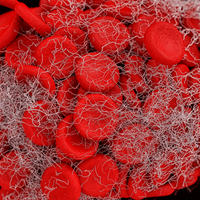
Culture-Negative Severe Sepsis: Nationwide Trends and Outcomes
CNSS among hospitalized patients is common, and its proportion is on the rise. CNSS is associated with greater acute organ dysfunction and mortality. Having CNSS is an independent predictor of death. Of 6,843,279 admissions... read more
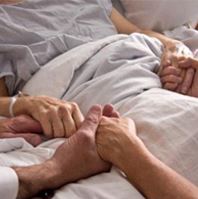
SCCM Congress Session Centers on Physician-Assisted Suicide
Physician-assisted suicide and euthanasia (PAS/E) is a topic of intense debate in society, not least among critical care medicine specialists, who treat many patients at or near the end of life. Watch a video that features... read more
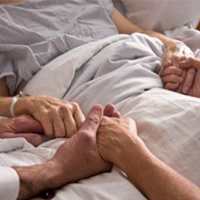
Creating a Culture of Caring
How do you build and maintain a culture of shared purpose in the infinitely complex arena of health care? How do you ensure that you engender in employees a dedication and commitment to doing what's right? Identifying the... read more
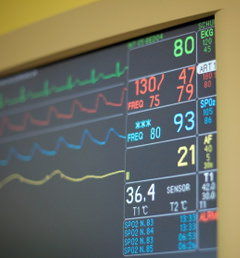
Pre-Op Screen: What Does A Pulse Oximeter Tell Us?
Routinely utilized in ICUs, operating rooms, and telemetry floors, the pulse oximeter ("pulse ox") is perhaps the single greatest monitoring advancement in the modern medical era. It relies on the fact that oxyhemoglobin... read more
What does the increasing prevalence of critical care research mean for critical care nurses?
The promotion and conduct of research is a core NHS function and The NHS Constitution sets out the principles that guide the NHS in its commitment to research to improve the current and future health and care of the population.... read more

The ABCDEF Bundle: Science and Philosophy of How ICU Liberation Serves Patients and Families
Over the past 20 years, critical care has matured in a myriad of ways resulting in dramatically higher survival rates for our sickest patients. For millions of new survivors comes de novo suffering and disability called "the... read more

Global multicenter observational investigator initiated study
The DIANA study is a large multicenter cohort study, lead by intensive care unit experts out of the University Hospital Ghent. This investigator initiated study will collect a large amount of data from multiple centers and... read more

Management of Sepsis and Septic Shock
The best approach for hemodynamic therapy for sepsis has become more uncertain as evidence has accumulated. This extends even to the degree to which clinicians should use intravenous fluids as a foundation for resuscitation... read more
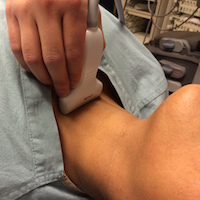
Effects of Video vs Direct Laryngoscopy on Successful Orotracheal Intubation in ICU Patients
Among patients in the ICU requiring intubation, video laryngoscopy compared with direct laryngoscopy did not improve first-pass orotracheal intubation rates and was associated with higher rates of severe life-threatening... read more








